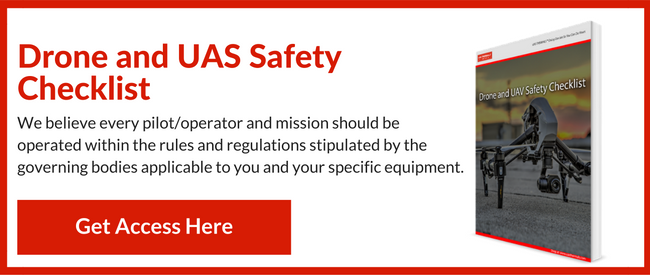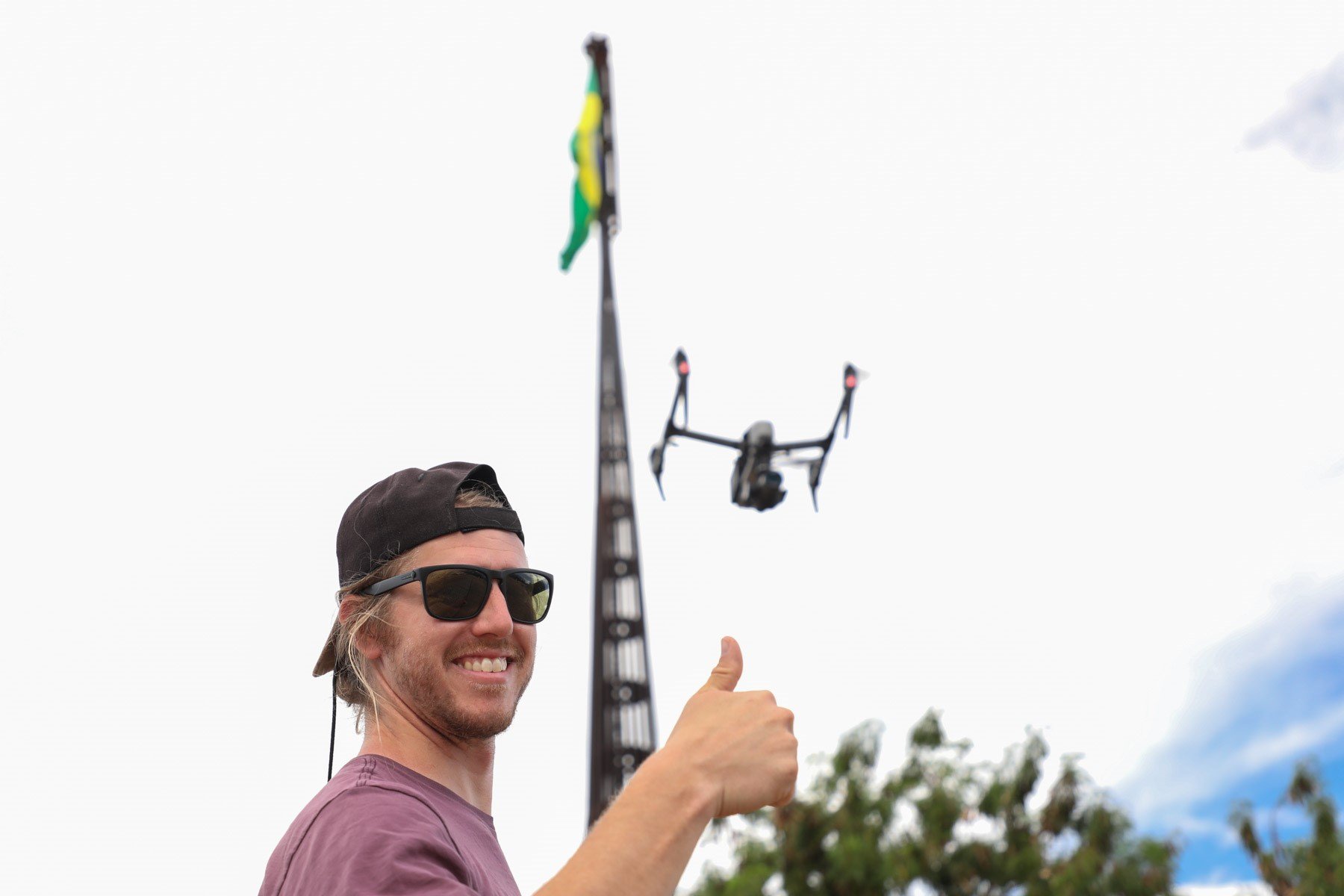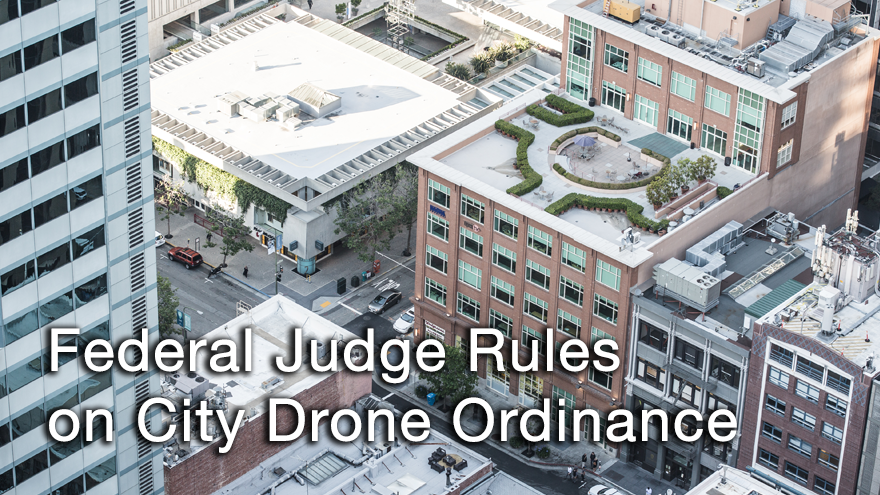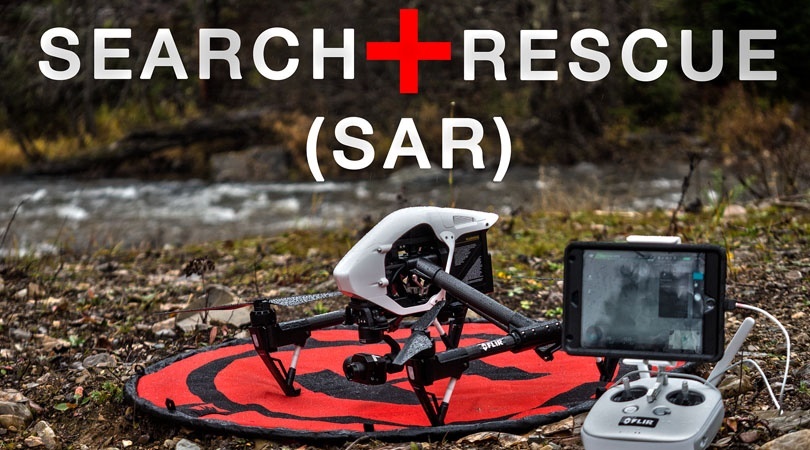
Search and rescue operation teams have always made use of cutting-edge technology in order to save lives. The story is no different with UAS (Unmanned Aircraft Systems) thermal imaging technology. Search and rescue thermal imaging is providing a way for these teams to get a visual on things that would be impossible to see using standard technology, while at the same time increasing safety and efficiency.
At the recent InterDrone conference in Las Vegas, DJI Director of Education, Romeo Durscher, announced the preliminary results of exciting research that DJI had conducted in conjunction with the European Emergency Number Association. “DJI’s research with Ireland’s Donegal Mountain Search and Rescue found that while a five-person rescue team needs two hours on average to find a victim in one square kilometer, a drone can not only find that victim in 20 minutes, but can take additional active steps to achieve a successful rescue.” (DJI)
Benefits of Thermal Imaging Drones in Rescue Operations
There are many benefits of using search and rescue thermal imaging. Drones equipped with thermal cameras increase the safety of rescuers and allow rescuers to cover ground in the search process more quickly. This technology also enables first responders to see into areas where normal visibility is low or non-existent and allows them to pinpoint victims in small scale search and rescue situations.
Increased Safety
With UAS technology, rescue operators can navigate through perilous situations such as fires, floods, earthquakes, and other natural disasters in relative safety while looking for victims. Rescue teams are able to focus more intently on the task at hand since their own safety is not at risk.
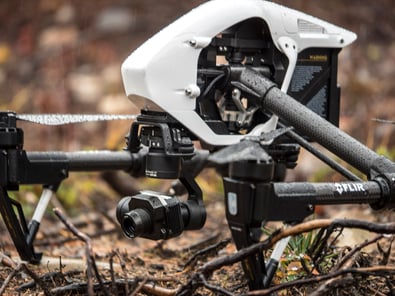 Covering More Ground
Covering More Ground
UAS technology gives rescue operators a way to cover large amounts of ground quickly. With drones, search teams are able to perform quick flyovers of disaster areas such as forest fires and earthquakes to locate victims and areas of concern. A more efficient search process will naturally lead to a more successful rescue operation.
Increased Visibility
Thermal imaging detects differences in heat using the radiation emitted by objects or people. This allows search and rescue teams to see at night, see through smoke and fog, and even see through walls and debris. With thermal imaging, a person will stand out starkly against most backdrops allowing responders to quickly and easily locate victims even in low visibility situations.
Pinpoint Victims
Using drones equipped with thermal imaging technology allows the scan of a wide area to search for a small group of victims, or even just a single victim. Hiking or camping accidents, missing persons, and ocean rescues are difficult for search and rescue teams. Finding a lone person in the forest or out at sea is basically like trying to find a needle in a haystack. Once the drone locates the victim(s), GPS coordinates can be transmitted to first responders while the drone guides rescuers to the correct location.
While the use of UAS by search and rescue teams is still in its infancy, many drone pilots volunteer their expertise to help first responders locate and assist in rescue operations. The recent Federal Aviation Administration regulations clarify the requirements for using drones for commercial, non-hobbyist use such as search and rescue, building inspection and aerial photography. Having these regulations in place has allowed licensed drone pilots to assist in search and rescue operations. A recent example was the search and rescue operations following heavy flooding in Texas. Drone volunteer, Garret Bryl assisted the Joshua Fire Department, helping to locate victims by using “DJI’s Inspire 1 drone to spot a truck that had washed off the road during the flood. Search-and-rescue had spent one hour looking for the truck that the drone had spotted in 45 seconds, he said. They were able to send a rescue boat to save the people as a result.” Read more about Bryl’s drone use during the flood rescue operations here.
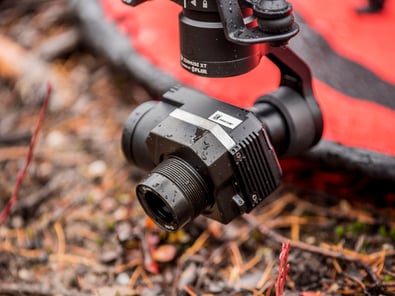 Having the latest tools is essential to search and rescue teams. With UAS and thermal imaging, responders benefit from increased safety and efficiency, making their operations more successful and potentially saving many lives, maybe even yours...
Having the latest tools is essential to search and rescue teams. With UAS and thermal imaging, responders benefit from increased safety and efficiency, making their operations more successful and potentially saving many lives, maybe even yours...
The UAS THERMALS™ professional team offers thermal imaging technology tailored to search and rescue teams. Our thermal packages are ready to deploy and make use of the latest in high-resolution thermal imaging technology. Our thermal imaging tools allow you to quickly locate victims of disasters while increasing the safety of your team. You can learn more about the technology we offer by visiting us here.

